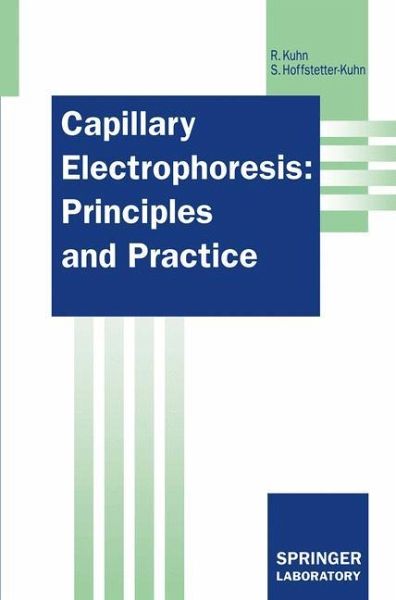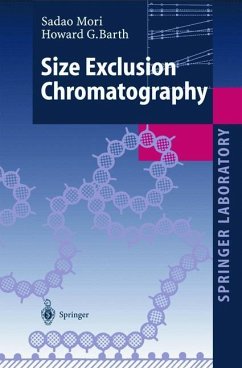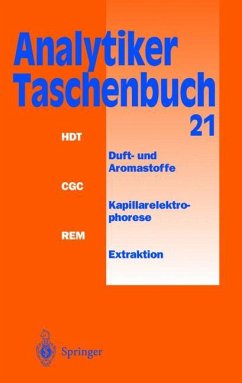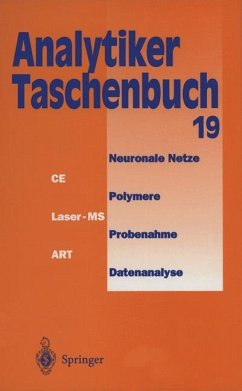
Capillary Electrophoresis: Principles and Practice
Versandkostenfrei!
Versandfertig in 1-2 Wochen
75,99 €
inkl. MwSt.

PAYBACK Punkte
38 °P sammeln!
Capillary electrophoresis (CE) is a brand-new analytical me- thod with the capability of solving many analytical separa- tion problems very fast and economically. This method gives new information about the investigated substances which can- not easily be obtained by other means. CE has become an established method only recently, but will be implemented in almost every analytical laboratory in industry, service units and academia in the near future. The most important fields of CE application are pharmaceutical and biochemical research and quality control. The authors have exhaustive practical...
Capillary electrophoresis (CE) is a brand-new analytical me- thod with the capability of solving many analytical separa- tion problems very fast and economically. This method gives new information about the investigated substances which can- not easily be obtained by other means. CE has become an established method only recently, but will be implemented in almost every analytical laboratory in industry, service units and academia in the near future. The most important fields of CE application are pharmaceutical and biochemical research and quality control. The authors have exhaustive practical experience in the application of CE methods in the pharmaceutical industry and provide the reader with a comprehensive treatment of this method. The main focus is on how to solve problems when applying CE in the laboratory. Physico-chemical theory is only dealt with in depth when necessary to understand the underlying separation mechanisms in order to solve your problems at the analytical bench.An addendum includes tables on the preparation of buffers and recommended further reading.












